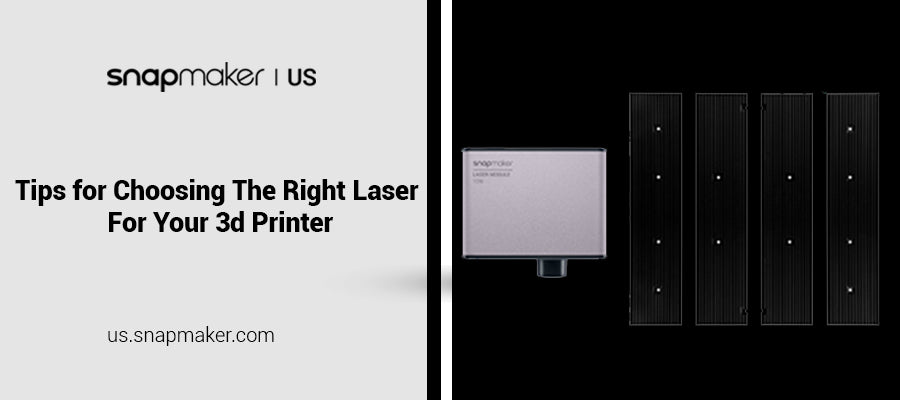Choosing the right laser for your 3D printer can be a daunting task. So many types of lasers are available, each with its own pros and cons. This guide will help you narrow down your options and make an informed decision when choosing a laser for your printer or any other project that requires one.
1. Power
One of the most critical factors in choosing a laser for your 3D printer is its power. The higher the wattage, the more powerful it will be. The wattage and the type of laser determine power. A high power laser will generally have higher wattages (i.e., 100 watts). A typical desktop 3D printer may start at around 50 watts and go up to 500+ watts, depending on what you need from it.
The second thing to look for when choosing a laser is its type — CO2 or fiber-coupled. Both lasers can work well with desktop 3D printers because they’re extremely powerful and produce high-quality results. They just do different things.
2. Focal Length
The focal length of the laser is the distance from the exit aperture to its focal point. This affects beam diameter and power density. A larger focal length means a smaller beam diameter and higher power density, while a shorter focal length means bigger beams but lower power densities.
Generally, it's better to use larger-diameter beams to ensure that your target material receives enough energy, thus avoiding overheating or burning it. However, some materials are less sensitive than others. Hence, you may need to optimize your laser settings based on what kind of material you want to engrave or cut with it.
3. Wavelength
The wavelength of a laser is the color of the light it produces. There are many different wavelengths, and each laser can produce one or more unique wavelengths. When selecting your 3D printer’s laser module for cnc, consider the wavelength(s) that fit your application.
Most lasers used in industry today are not visible to the human eye. Instead, they operate in either near-infrared (NIR) or ultraviolet ranges. While some lasers produce visible red, green, and blue light, they are generally not used because they require higher energy input than other types of diodes. So, they tend to be more expensive and more difficult to control.
4. Beam Diameter
There's a tradeoff between beam diameter and resolution. The larger the beam diameter, the more power you will need to produce it. This means that your 3D printer will have to consume more electricity and produce more heat. But on the other hand, you'll get better results if you increase the size of your laser’s spot size by using high-power lasers with smaller beam diameters (around 50–250 microns).
On the other hand, if you want great detail in your prints while keeping things small enough to fit on your 3D printer's build tray without any problems, then go for low-power lasers with larger beam diameters (over 250 microns).
As you can see, you need to consider many factors when choosing a laser for your 3D printer. With this guide as a starting point, you can select which laser best fits your needs and budget.
